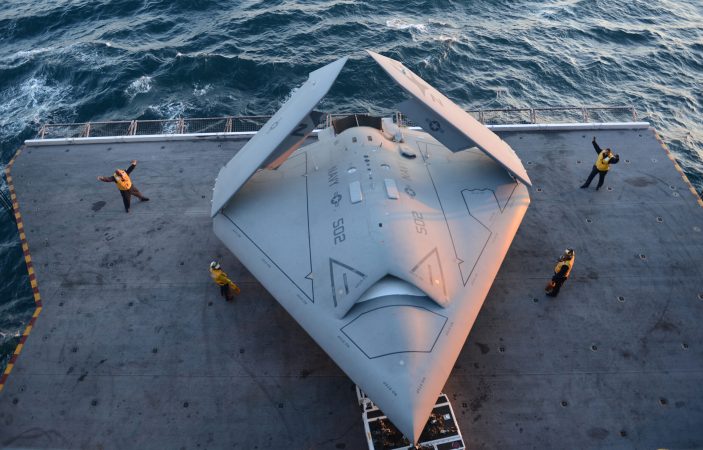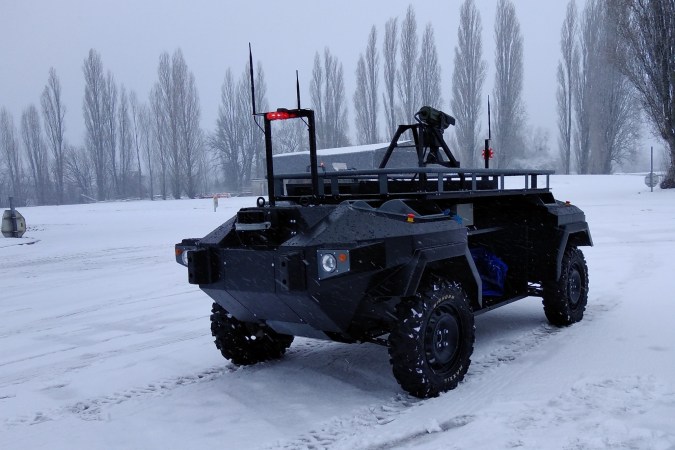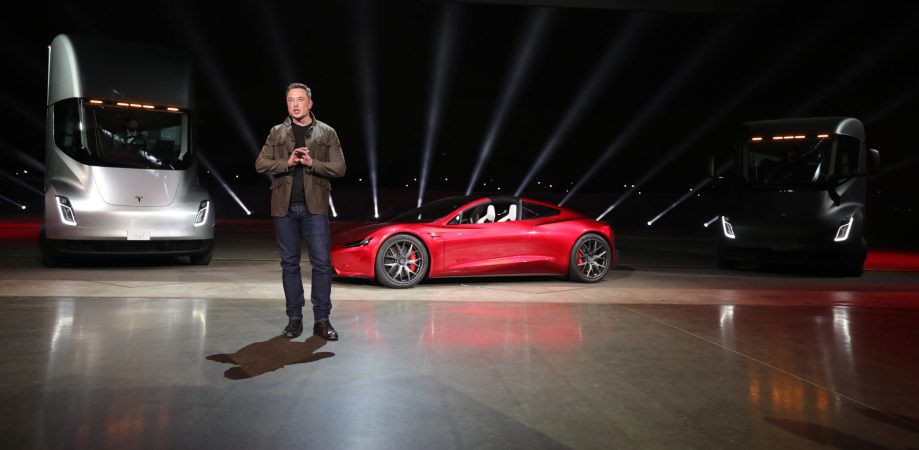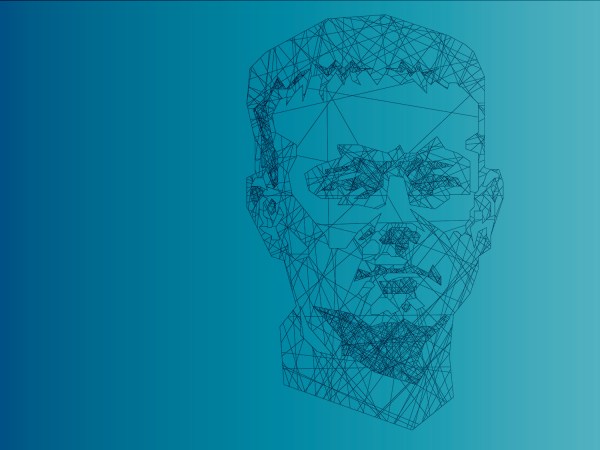

After weeks of speculation, Tesla’s AI Day kicked off late Friday evening with CEO Elon Musk at the helm to showcase the company’s strides in machine learning, self-driving vehicles, and robotics. Musk devoted extensive time to developments in Full Self-Driving vehicle technology and further progress on his team’s supercomputer system, Dojo. But the night’s focus was Optimus, Tesla’s worker robot meant to aid in “ending poverty.”
After last year’s mockup concept model—as demonstrated by a human dressed in a robot costume meant to illustrate Tesla’s vision—audiences finally got a real glimpse at the robot promised to usher in “fundamental change in civilization as we know it.”
[Related: What we know about Tesla’s supercomputer.]
Behold, Tesla’s “Bumble-C” Optimus working test mule prototype. You can also watch the robot in action here.

It’s important to note that Bumble-C is more a proof-of-concept than anything else, and certainly far from the finished product Tesla hopes to achieve. In any case, Bumble-C slowly ambled across stage (reportedly for the first time without a safety tether system), waved at audience members, and briefly “raised the roof,” but stopped short of any in-person capability demonstrations. Instead, Tesla showed pre-taped footage of the working prototype handling packages in an office setting, watering plants, and doing basic manual work on a factory floor. “The robot can actually do a lot more than we just showed you,” Musk claimed on stage at one point. “We just didn’t want it to fall on its face.”
The most current Optimus model has a sleeker, more Tesla-aligned design, but can currently only move its arms and hands without assistance. Musk alleged this version was only a few weeks away from actually becoming mobile.
[Related: Tesla updated latest glitch with its windows.]
While Musk’s timetable for a market ready Optimus has been somewhat vague—he previously estimated production could begin next year—during the Q&A portion he conceded that consumers probably won’t see the product for at least 3-5 years. When, or if, it does hit markets, Tesla’s CEO said he thinks the product will cost under $20,000, although he’s offered similarly bullish price ranges in the past. For example, the company’s Model 3 EV was long touted as costing consumers around $35,000 before its release; drivers can snag one now for around $47,000.
Optimus joins a very crowded field of working humanlike robots, many of which can be seen doing backflips, walking up and down stairs, and performing far more complex dance routines. Musk made sure to highlight that Tesla’s project differentiates itself because it, unlike a company such as Boston Dynamics, is focused delivering machines at a high-volume to general consumers.
Musk has long sounded off on his fears regarding artificial intelligence, cautioning against various robopocalypse scenarios if developed recklessly. Musk’s approach to Optimus, he argued, is meant to avoid “pav[ing] the road to hell with good intentions”.















